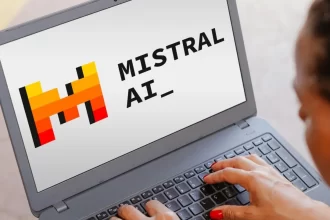Artificial intelligence has taken center stage in the technological world, and among its many innovations, OpenAI’s ChatGPT has emerged as a game-changer. Since its inception, ChatGPT has been a source of fascination, offering a wide array of capabilities from generating text to assisting in programming and even offering customer support. Its rapid growth and adoption across multiple sectors have positioned it as one of the most influential AI tools in modern history. But what exactly is ChatGPT, and how is it reshaping our world? In this article, we will delve deeper into ChatGPT’s features, applications, limitations, and future potential, providing a thorough exploration of this transformative technology.

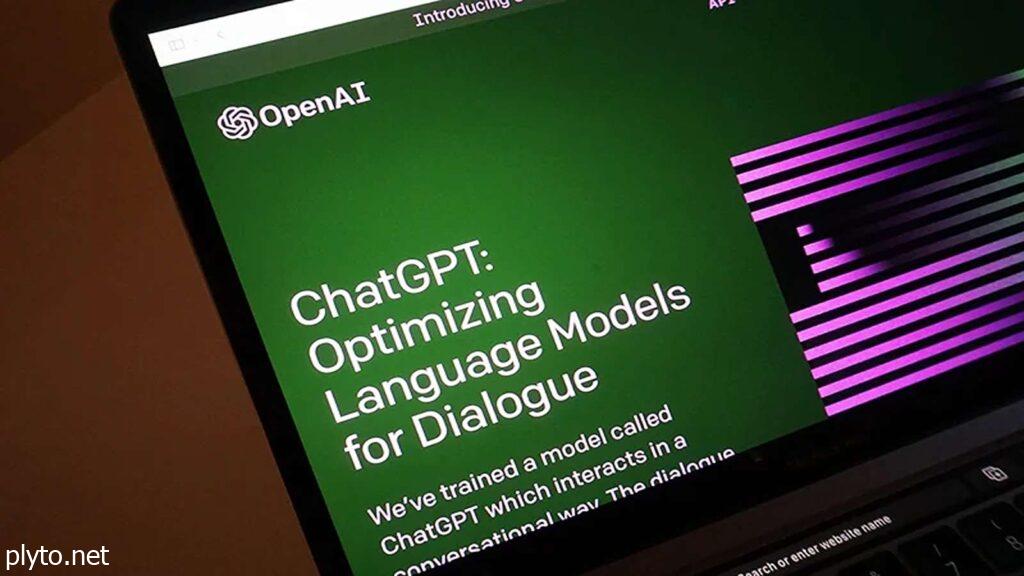
What is ChatGPT?
ChatGPT is a powerful conversational AI developed by OpenAI, designed to engage in natural and coherent dialogue with users. Powered by GPT-4, the latest version of OpenAI’s Generative Pre-trained Transformer (GPT), ChatGPT can generate human-like responses by understanding and processing vast amounts of text data. It has been trained using extensive datasets gathered from the internet, making it capable of handling a wide range of topics and conversational contexts.
The model is built on deep learning techniques that enable it to predict the most likely words or phrases that follow a given input. This allows ChatGPT to produce answers, suggestions, or even creative outputs that mimic human language in a variety of formats.
How Does ChatGPT Work?
ChatGPT operates through a process of pre-training and fine-tuning:
- Pre-training: During this phase, the model learns from a vast corpus of text data, enabling it to recognize patterns in sentence structures, grammar, and meaning. It essentially learns how words, sentences, and paragraphs relate to each other.
- Fine-tuning: In this step, the model is further refined using human feedback and reinforcement learning. This allows it to produce more accurate, relevant, and contextually appropriate responses, particularly in real-world conversations.
This combination of massive data processing and human feedback enables ChatGPT to provide detailed, context-aware responses, making it an incredibly versatile tool for a variety of tasks.

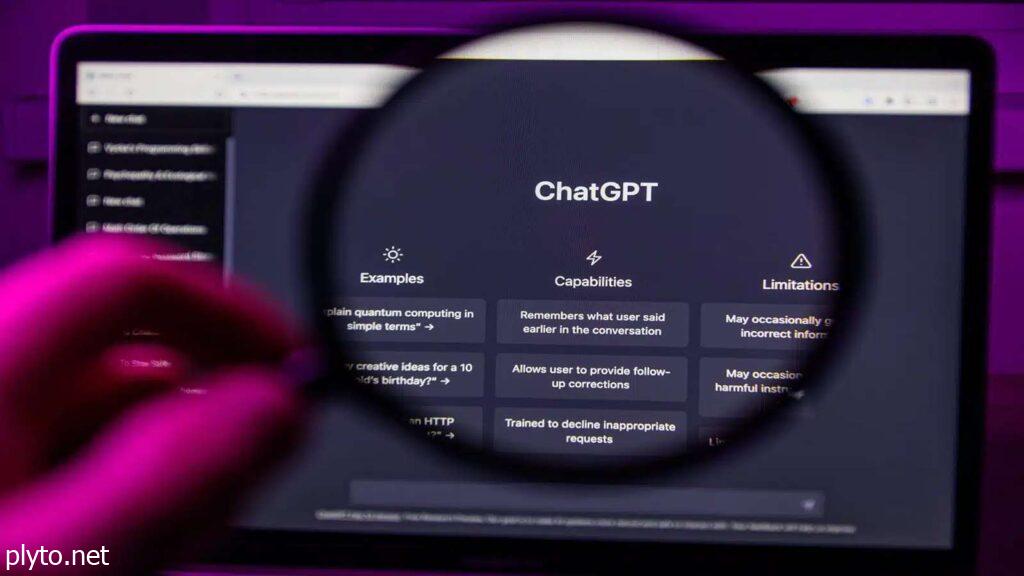
Key Features of ChatGPT
One of the most impressive aspects of ChatGPT is its ability to handle a broad spectrum of tasks. Here are some of its primary features:
- Text Generation: ChatGPT can generate written content, ranging from simple email drafts to complex essays. Whether you need help with content creation, brainstorming ideas, or overcoming writer’s block, ChatGPT has proven to be an invaluable assistant.
- Programming Assistance: For developers, ChatGPT can write and debug code, explain programming concepts, and even assist in developing software. This makes it a valuable tool for both novice and experienced coders.
- Customer Support: Many businesses have adopted ChatGPT to handle customer service queries. It can answer frequently asked questions, resolve issues, and even offer product recommendations, thereby enhancing customer experience.
- Education: In the education sector, ChatGPT acts as a tutor, assisting students in understanding complex topics, providing explanations, and even generating quizzes. Its ability to summarize content and simplify difficult concepts makes it a valuable resource for learners.
- Translation and Summarization: ChatGPT can translate text between multiple languages and provide concise summaries of lengthy documents. This makes it a useful tool for professionals who need to digest large volumes of information quickly.

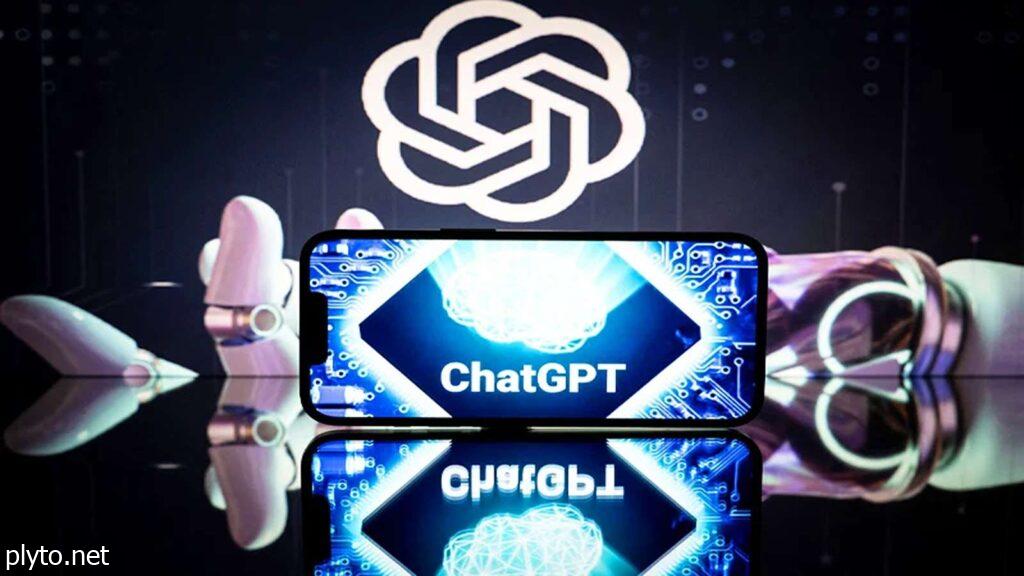
The Evolution: From GPT-3 to GPT-4
ChatGPT’s evolution has been marked by significant improvements in language modeling. When OpenAI first introduced GPT-3, it was hailed as a breakthrough in natural language processing, capable of generating impressive text-based responses. However, the introduction of GPT-4 in 2023 raised the bar even higher.
GPT-4 offers several notable improvements over GPT-3:
- Greater Accuracy: GPT-4 has a deeper understanding of context, which results in more coherent and accurate responses, especially in longer conversations.
- Multimodal Inputs: GPT-4 can now handle both text and image inputs, offering more flexible interactions. This allows it to interpret and respond to images, further expanding its functionality.
- Ethical Improvements: OpenAI has worked extensively to reduce biases in GPT-4. The model is less likely to generate harmful or biased content, making it safer to use in a variety of applications.
Applications Across Industries
ChatGPT is not just a conversational agent; its applications span a wide range of industries:
- Business and Marketing: Companies have incorporated ChatGPT into their operations for content creation, customer service automation, and even product development. It helps businesses enhance productivity by automating repetitive tasks, improving customer engagement, and generating marketing copy.
- Healthcare: While ChatGPT is not a substitute for medical professionals, it is used to answer basic health-related questions, explain medical terms, and even provide initial diagnostic information. It helps improve accessibility to health-related information.
- Creative Industries: Writers, artists, and content creators use ChatGPT to brainstorm ideas, generate storylines, write scripts, and even assist with visual content generation through OpenAI’s DALL-E model
- Education: Educators and students alike use ChatGPT to assist with tutoring, research, and language learning. It acts as a 24/7 tutor, providing personalized learning experiences.
- Programming and Development: For developers, ChatGPT’s ability to write and debug code, explain technical concepts, and assist in software development has proven invaluable.

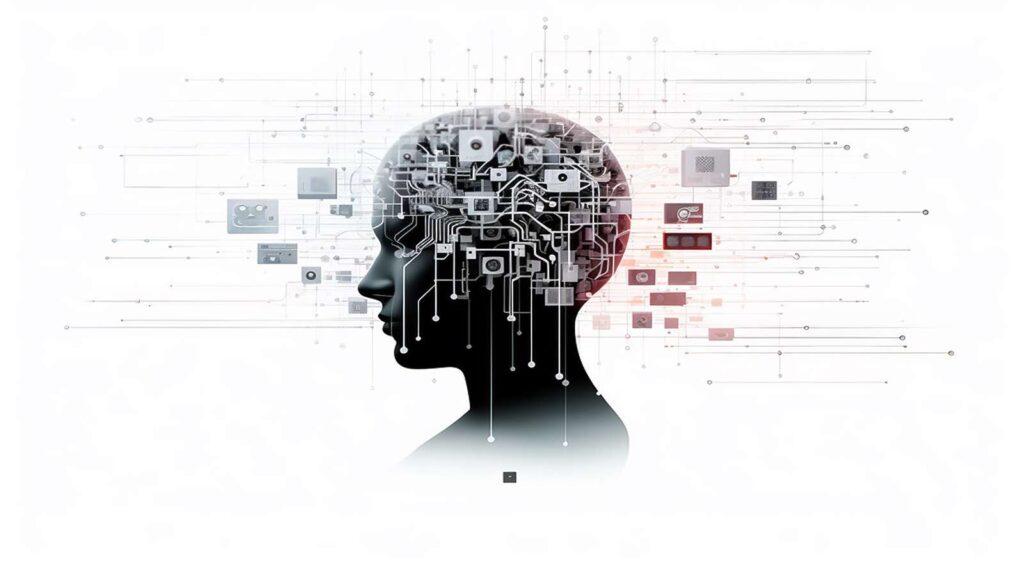
Limitations and Ethical Concerns
Despite its remarkable capabilities, ChatGPT does come with certain limitations:
- Accuracy Issues: One of the main concerns with ChatGPT is its propensity for hallucinations, where it generates text that is factually incorrect. This is particularly problematic in fields requiring high accuracy, such as healthcare or legal advice.
- Bias and Fairness: Since ChatGPT is trained on data from the internet, it may inadvertently produce biased or offensive content. While OpenAI has taken steps to address this issue, it remains a challenge that requires ongoing attention.
- Privacy and Security: Users need to be cautious when sharing personal or sensitive information with ChatGPT. Although OpenAI has implemented strict privacy measures, it is still important for individuals to avoid disclosing confidential details.
The Future of ChatGPT and AI
Looking ahead, the potential of ChatGPT is immense. We are likely to see further improvements in its personalization and real-time interactions. As AI continues to evolve, we can expect even more seamless integration with various industries and platforms, offering greater automation, efficiency, and creativity.
Future iterations of ChatGPT could also offer more advanced multimodal capabilities, meaning that the model could process and generate not just text and images but also audio, video, and other forms of media, making it an even more powerful tool for both professionals and everyday users.

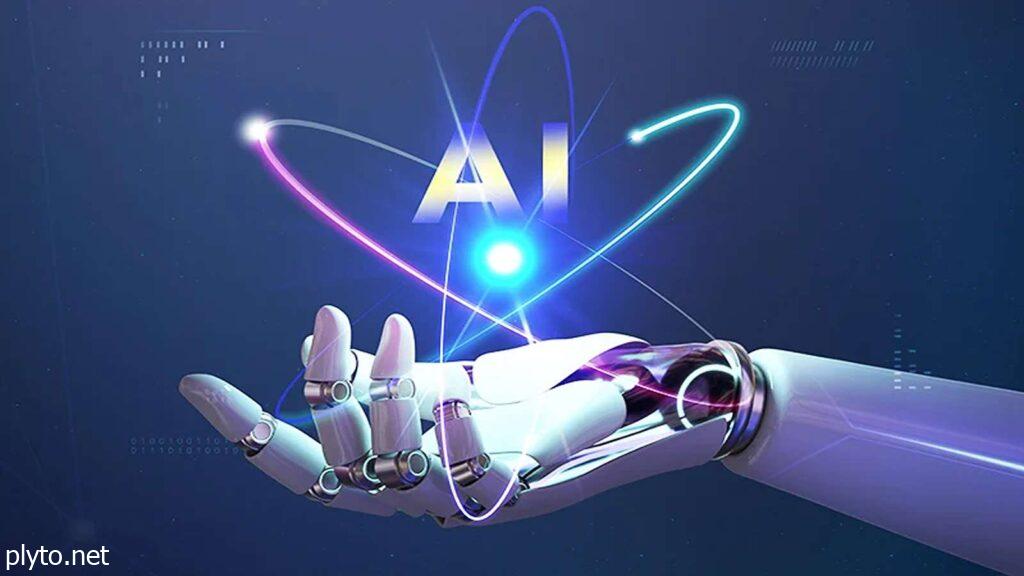
Conclusion
ChatGPT represents the future of artificial intelligence. With its wide range of applications across diverse fields—from business and healthcare to education and creative industries—it has already begun reshaping the way we live and work. While it is not without its challenges, including concerns about accuracy, bias, and privacy, its potential for improving productivity, accessibility, and creativity is undeniable. As AI technology continues to evolve, the role of ChatGPT in our daily lives will only expand, ushering in a new era of innovation and transformation.


















